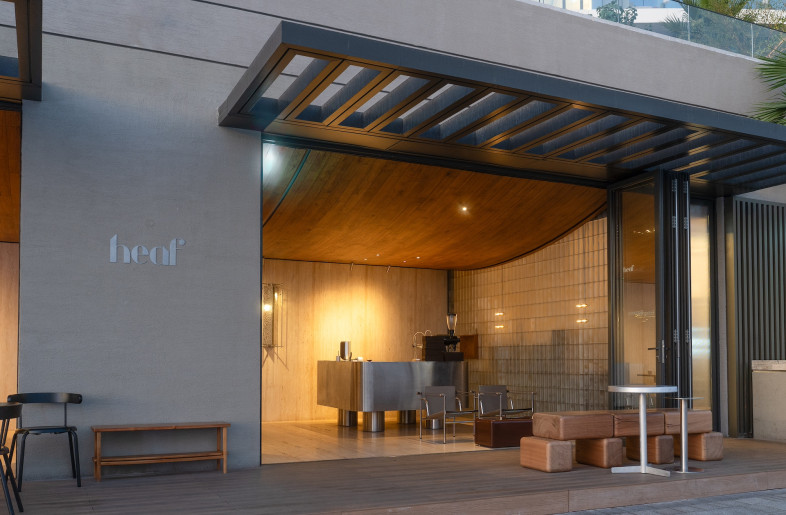Scarcity's impact on the realm of architecture and design form the heart of Het Nieuwe Instituut's newest exhibition 'Designing Scarcity'. Curated by Jan Boelen, the artistic director of Z33 in Belgium, the collection's concept emerged from an attempt to understand factors which design our society. Appearing as an engine to our economy, the idea of scarcity became the curator's angle and the exhibition's contents were to be the tangible evidence of scarcity's presence. According to Boelen, 'there is a solution but what was the question? We lost the question.'
Boelen's curatorial approach eliminates preconceived notions of a subject, 'allowing randomness, finding instead of searching'. An organic selection process ensued, resulting from a collaborative effort between the curator, Het Nieuwe Institute's director, Guus Beumer, the Archive director and students of the Design Academy Eindhoven.
Giving the concept its 'hands and feet', DAE students began with individual research projects. Diving into the Institute's seemingly endless archive of nearly 50,000 books, the team exhumed relics which were unbeknownst even to the Archive's staff. It became quickly apparent that the most innovative design solutions were directly related to times of limited material and monetary resources noting 'every 40 or 50 years, it is built into the system'. Creativity was fueled during the economic downturns of the 1930s, 1970s as well as right now.
Heineken's World Bottle, dubbed the WOBO, which doubles as a beverage container and building block and Gerrit Rietveld's DIY furniture are presented alongside less-known examples including concrete bricks from WWI which were a replacement for expensive clay bricks, a recipe for tulip bulb jam during the prevalent food shortages of WWII and the 'Flamma' project where Helmut Smits makes fire with only IKEA products (video below). Additional projects include Master in Contextual Design student Hongjie Yang's proposal 'The Post Natural Artic' which envisions an alternative for a feasible agricultural landscape. Within the Institute's extensive Archive, DAE student Giada Ganassin happened across building sketches by architect W.M. Dudok on the back of musical scores when paper was scarce during the First World War.
Broken down into categories, the range of objects, concepts and architectural drawings are subdivided and set upon plywood tables which are suspended from the Institute's rafters. The hanging displays were conceived to be completely adjustable within the space. Designed by Thomas Lommée, the modular frameworks will be dismantled and given a new life through a creative workshop at the end of the exhibition.
Visit the exhibition on display now until 30 August at Het Nieuwe Instituut - Museumpark 25, Rotterdam, The Netherlands.
Designing Scarcity at Het Nieuwe Instituut

Unlock more inspiration and insights with FRAME
Get 2 premium articles for free each month
Create a free accountRelated Articles
MORE Fashion
What a Barcelona hilltop home can teach us about designing for your surroundings

Social and academic wellbeing go hand in hand, a San Diego university campus shows

Implicit values take precedence over explicit visual brand identity in a Brooklyn HQ

Without a single plant inside, this open-plan villa still hits the biophilic mark. Here's how

A restrained design language allows the ceremony of coffee-drinking to take centre stage

9 Milan Design Week presentations bend and flex, putting personalization first

This office embraces the power of contrast, solving the conundrum of ‘old building, modern needs’

Video: Biomimetic design challenges the rigidity of corporate architecture at this Shenzhen HQ

Heritage, handcrafted: 8 standout collectible design pieces from Milan Design Week
